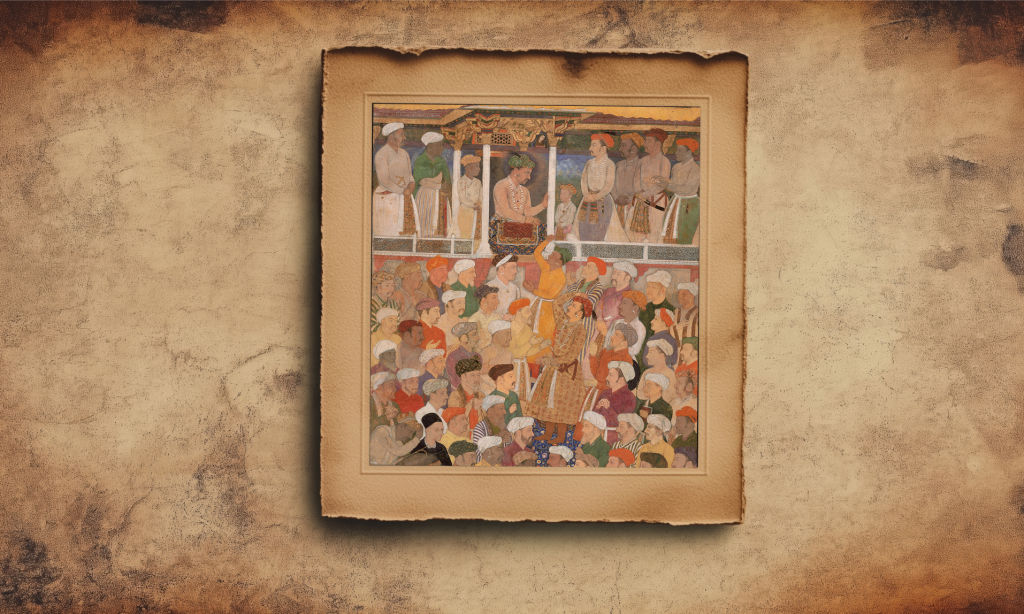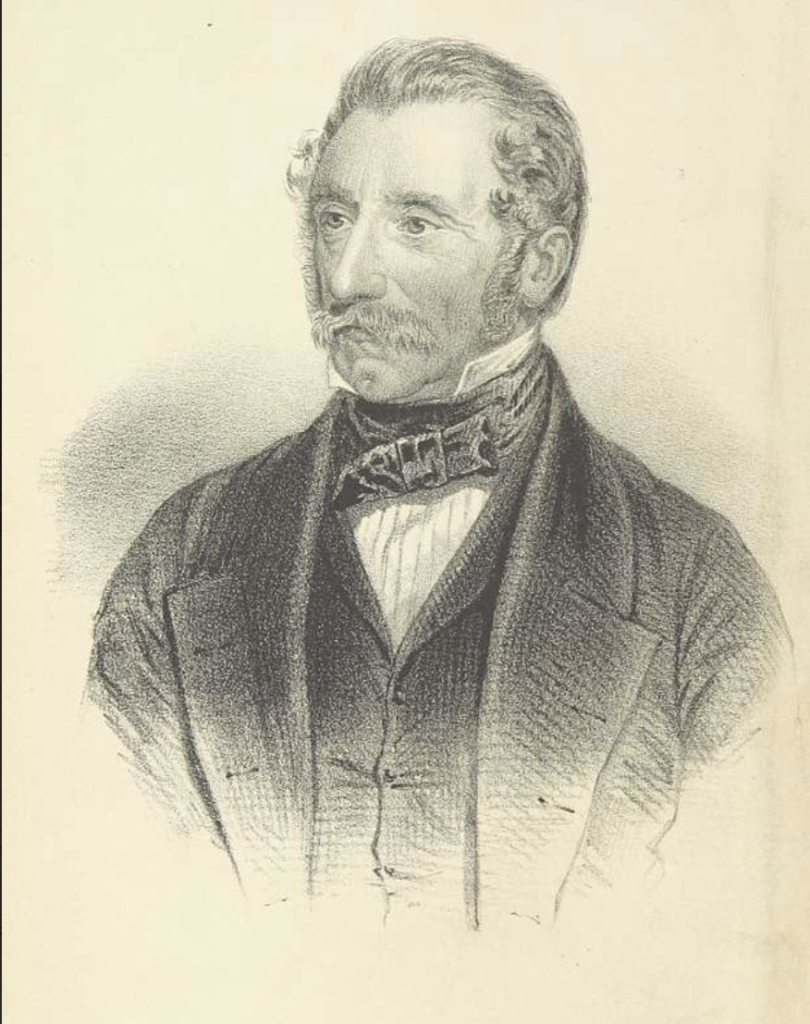Explore Tuzuk-i-Jahangiri, the autobiographical memoirs of Emperor Jahangir, masterfully translated and edited, revealing insights into his reign (1605-1627).
Explore the illustrious life of Ram Singh, a key figure in Sikh history, known for his service under Maharaja Ranjit Singh and significant military contributions.
Discover the fascinating journey of Dr. John Martin Honigberger, a Transylvanian physician who served the Lahore court, renowned for his medical expertise and adventures.
Discover the prosperous reign of Raja Pahar Singh who aided the British in the Anglo-Sikh War, earning him rewards and recognition. Explore his impactful legacy.
BUDDH SINGH BAVA, an associate of Thakur Singh Sandhanvalia, who served as a link between him and his contacts in Punchh and Kashmir. He was the son of Faujdar Singh, a Khatri of Batala, in Gurdaspur district. He was first employed as a Sardar in Kashmir irregular force and served in that capacity for seventeen years. In 1880, he took service with Raja Moti Singh of Punchh and stayed with him for two years. Leaving his family at Kothi in Jammu, Buddh Singh then moved to Nepal where he was employed as a captain in Kali Bahadur regiment.
Explore the intriguing reign of Jahangir, the fourth Mughal emperor, known for his love of art but controversial rule influenced by his Persian wife.
Discover the rich history of Partap Kaur, married to Karivar Sher Singh. Learn about her legacy, her adoption of Thakar Singh, and her influence in Punjab.
CHALITARJOTlJOTI SAMAVANE KE, one of a collection of seven unpublished Punjabi manuscripts held in the Khalsa College at Amritsar under catalogue No. 1579E. Comprising a bare three folios (3063-08), it is divided into two sections. The first part (ft. 3063-07) entitled "Verva Guriai ka Likhia," lit. details recorded of the guruship, gives the duration for which each of the ten Gurus occupied the holy seat, followed by a vague remark that 24 years and 3 months have elapsed since he passed away, implying thereby that the writing took place 24 years and 3 months after the death (in 1708) of the tenth and last of the Gurus, Guru Gobind Singh, which takes the date of the compilation of the manuscript to 1732.
Discover Jivan Singh Chhachhi's fearless leadership along the northwestern frontier. Learn about his role in Anglo-Sikh wars and service under Maharaja Ranjit Singh.






